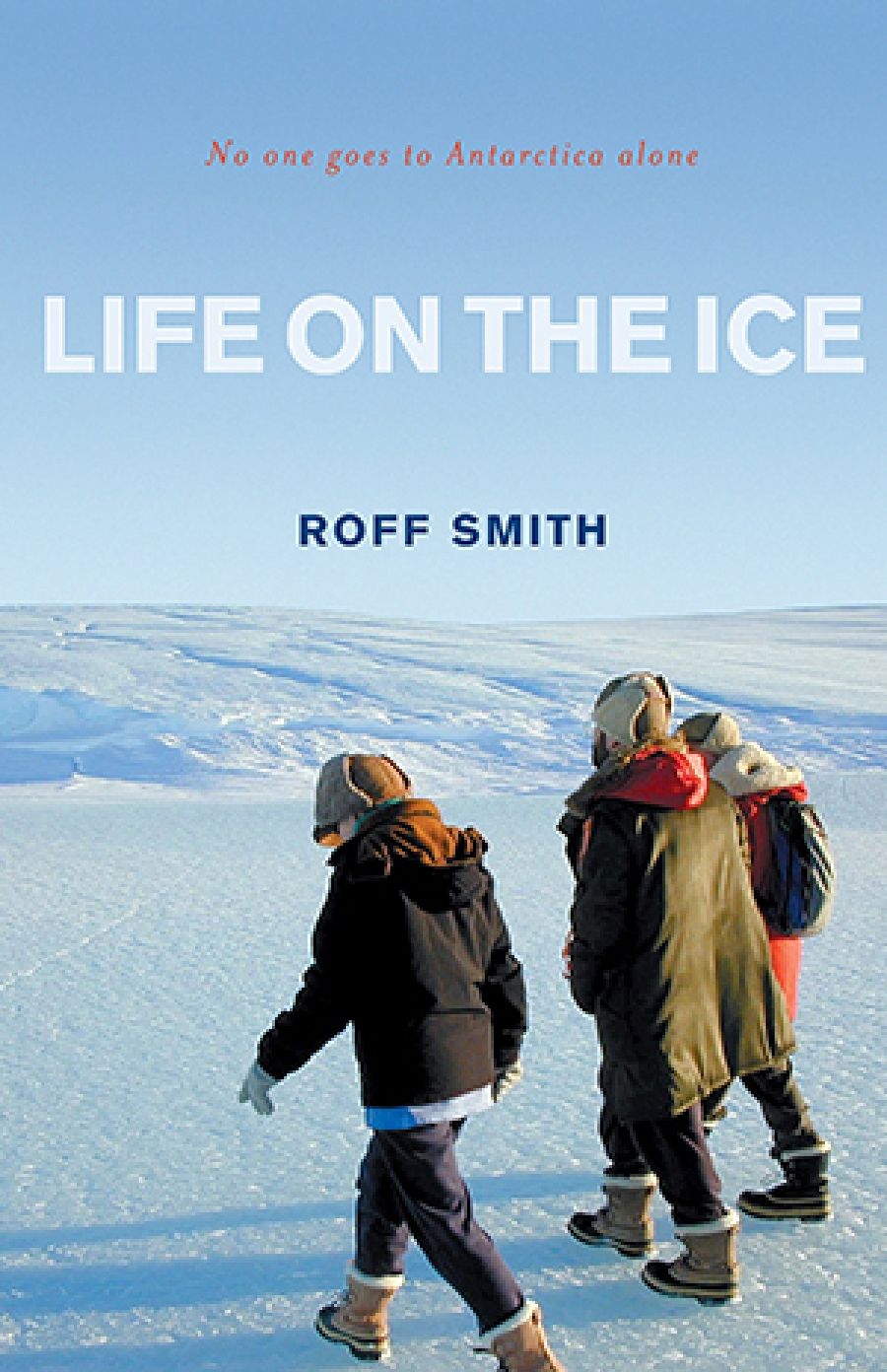
- Free Article: No
- Contents Category: Travel
- Review Article: Yes
- Online Only: No
- Custom Highlight Text:
The collapse of the Soviet Union had one quite unexpected effect on world tourism – it opened up Antarctica. Cash-strapped, post-Communist Russia could no longer afford its large collection of Antarctic bases, or the fleet of polar-equipped vessels that supplied them. Many of these ships are now chartered out to adventure travel companies. As a result, the opportunities to visit Antarctica have increased dramatically, while the cost of getting down to the ice has dropped steeply. The Antarctic visitor total is now around 15,000 tourists a year, quite apart from the personnel travelling south to the forty-odd scientific bases.
- Book 1 Title: Life on the Ice
- Book 1 Biblio: Allen & Unwin, $29.95pb, 206pp
Like a snowball rolling down an Antarctic glacier, the growing number of visitors attracts other adventurers. Yachts visit regularly, mountaineers chase the frozen continent’s unclimbed peaks, scuba divers explore the chilly depths, kayakers paddle between icebergs, flightseeing Qantas 747s cruise overhead and, hardly surprisingly, authors like Roff Smith write about it. There has been an explosion of books about Antarctica, whether it’s about the wildlife, politics, history or, most often, Antarctic exploration. In many bookshops, Ernest Shackleton could commandeer his own Antarctic subsection.
Roff Smith’s Life on the Ice encompasses three very different trips south. In the early 1990s he scored a visit when the Australian Antarctic Division ‘offered a couple of berths for writers’. His sojourn at Mawson base converted a fascination with Antarctica into a love affair.
It was an historic time to be there – the last summer that huskies pulled dog sleds across the ice (the 1991 Madrid Protocol on Environmental Protection having banned further use of dogs). Years passed before Smith’s next southern trip. This time, National Geographic organised things. Smith’s various experiences included tangling with the bureaucratic inflexibility of the US Antarctic Program, hitching a ride on a research vessel, and cruising around a variety of national bases on board a yacht.
In what is said to be classic fashion, Smith starts his travels to the giant (by Antarctic standards) US McMurdo Station by not reaching it. First, he hangs around for days in Christchurch, New Zealand, home of the International Antarctic Centre, waiting for the weather to clear. Eventually, Smith’s flight departs but, after five ‘suffocatingly close, warm and stuffy’ hours in the cramped cargo aircraft, he discovers that he’s on a ‘boomerang’ flight, aborted due to poor visibility. Luckily, his second flight is successful. Purportedly, the record for consecutive boomerangs is nine.
Despite various excursions, including a stay at a camp on the slopes of Mt Erebus and a foray to the ‘ultimate destination’, the south pole, it’s clear that Smith doesn’t warm to MacTown. Despite the outside temperature, it’s far too warm. He also points out that Shackleton’s ‘accessible, consensual leadership style’ may be very fashionable but that, when it comes to running Antarctic bases, ‘governments prefer the Captain Scott model with its class structures and hidebound rigidities’.
Smith’s third Antarctic excursion was more to his taste, although, heading south from Tierra del Fuego on the Yuzhmorgeologiya, another of those ex-Soviet vessels which the impecunious Russians have been forced to hire out for hard currency, he finds himself paying the ‘Drake Tax’. For many Antarctic visitors, a spell of seasickness is an inevitable accompaniment to crossing the turbulent waters of the Drake Passage separating the southern end of South America from the pointing finger of the Antarctic Peninsula.
The Russian research vessel is only a stepping-stone to the Golden Fleece, a French-owned, Falkland Islands-registered sailing yacht whose ice-experienced captain has been dodging icebergs for thirty years. Twenty-seven countries operate scientific bases around Antarctica, many of them along the readily accessible peninsula. For the next few weeks, they drop in on a representative selection. The ‘banana belt’ of Antarctica, according to the hardy types huddling on the permafrost further south, even has a Russian base rented out to other nations looking for a quick and cheap entrée to the Antarctic club.
Along the way, there are encounters with cruise ships and a non-encounter with the British navy, when HMS Endurance pointedly ignores their radio calls. The growth of Antarctic tourism has produced a curious stand-off between paying visitors and the national bases, some of which have a very condescending attitude towards tourists and other such non-serious interlopers on the ice. In fact, the frantic cleaning up currently going on around some of the government-owned bases is a clear indication that, far from being a problem, having tourists around to keep an eye on the scientists can be a very good idea.
If you can’t beat them, you might as well join them. One of the most popular tourist destinations in Antarctica, the old British weather station at Port Lockroy, is now maintained purely as a mini museum to show visitors what a base was like fifty years ago. Visitors can even buy souvenirs and post-cards and send them home with British Antarctic Territory stamps. Should they be short of reading matter, they can also pick up, Smith reports, a copy of Lonely Planet’s Antarctica guide, at what must be the world’s most southerly bookshop. I found this decidedly pleasing, since I was the sales rep who broke the ice at Port Lockroy five years ago.


Comments powered by CComment